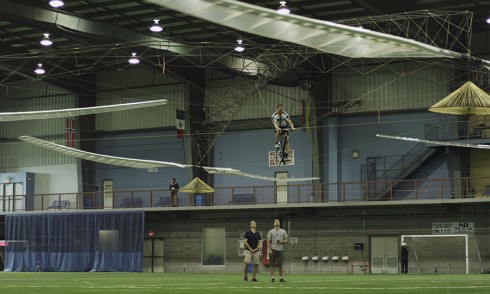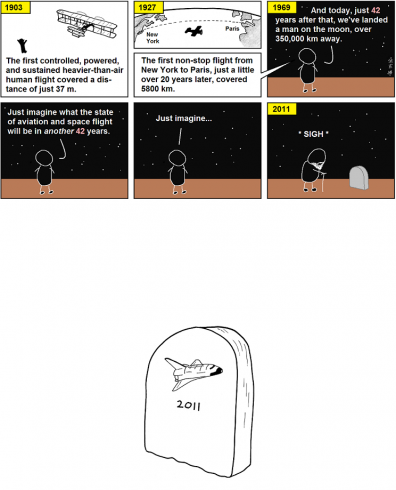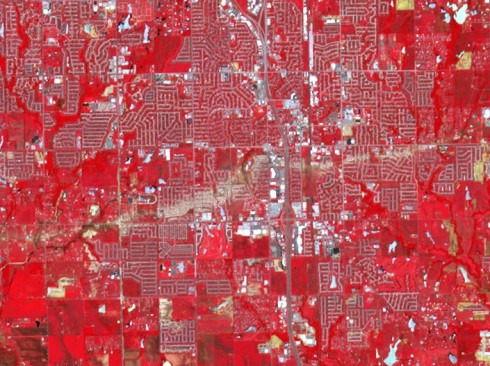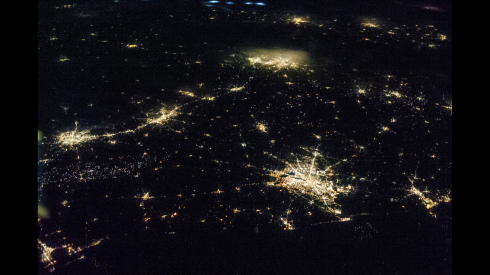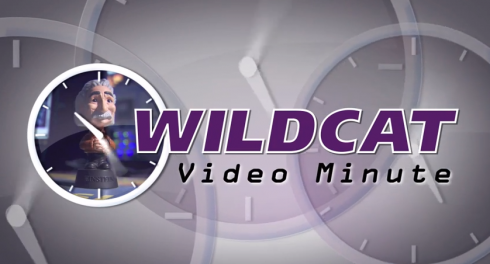Fun Friday Links
Tags:
Time for another Fun Friday! Here’s my list of stuff too good to throw away but not good enough to warrant its own post:
1) Need a break from grueling research/summer classes/debugging dodgy code/perusing the course catalog to optimize your Fall schedule/simulating DoTA line-ups/or taking victory laps around the lab? Play a few rounds of arXiv vs. snarXiv!
 The arXiv is a free repository of physics, math, and computer science papers. This is an online manifestation of the traditions of the “pre-print”, instead of waiting for your paper to be published you sent around early copies to your colleagues at other institutions. Now anyone can upload anything to the arXiv, including legitimate science from world experts, outlandish speculation, and gibberish. Following up on the Sokal affair and other attempts to get randomly generated papers published, the snarXiv takes an ever-evolving list of buzzwords in a context-free grammar, and then lets you guess which title is actually real. As you can see, my ability to pick the real paper is only slightly better than a monkey.
The arXiv is a free repository of physics, math, and computer science papers. This is an online manifestation of the traditions of the “pre-print”, instead of waiting for your paper to be published you sent around early copies to your colleagues at other institutions. Now anyone can upload anything to the arXiv, including legitimate science from world experts, outlandish speculation, and gibberish. Following up on the Sokal affair and other attempts to get randomly generated papers published, the snarXiv takes an ever-evolving list of buzzwords in a context-free grammar, and then lets you guess which title is actually real. As you can see, my ability to pick the real paper is only slightly better than a monkey.
Fun snarXiv facts:
- The two fakest-sounding real papers are “Highlights of the Theory” and “Heterotic on Half-flat“.
- My favorite selections from the list of fake-sounding papers are “Charging Black Saturn” and “Baby steps beyond rainbow-ladder“.
- The average over 750,000 guesses is 59% correct, so (mostly) real science apparently sounds (mostly) like gobbledy-gook.
- The suggested uses for the snarXiv are:
- If you’re a graduate student, gloomily read through the abstracts, thinking to yourself that you don’t understand papers on the real arXiv any better.
- If you’re a post-doc, reload until you find something to work on.
- If you’re a professor, get really excited when a paper claims to solve the hierarchy problem, the little hierarchy problem, the mu problem, and the confinement problem. Then experience profound disappointment.
- If you’re a famous physicist, keep reloading until you see your name on something, then claim credit for it.
2) From the world of engineering (which, as of 1996, is no longer boring), AeroVelo wins the Human Powered Helicopter Competition from the American Helicopter association. The flight must be longer than 60 seconds, higher than 3 meters, and stay within a 10×10 meter box. Watch the really, really cool video here.
3) Fox News reports that Neil deGrasse Tyson will host another follow-up to Carl Sagan’s groundbreaking documentary 33 years ago. Watch the trailer here.
I really like the backstory from geek-movie-critic Movie Bob:
Fox Television gave Seth MacFarlane a big leeway for “whatever he wanted to do” in exchange for keeping ratings-juggernaut “Family Guy” on the air. He decided to spend that clout on two passion projects. One wasn’t too surprising: A new version of “The Flintstones,” which is still pending. The other? “COSMOS,” a 13-part science documentary – a sequel to the legendary Carl Sagan series of the same name – hosted by Neil DeGrasse Tyson.
Yes. The creator of “Family Guy” is going to run a science documentary on a major network because he can.
4) And the excellence in science journalism for outstanding headline goes to: “EU boffins in plan for ‘more nutritious’ horsemeat ice cream: ‘Disused’ animal products ideal for sick, elderly”
5) Finally, because science is awesome, here’s how we intend to build the largest digital camera in the world and launch it into space:
Happy Fun Friday!
-Dr. D

